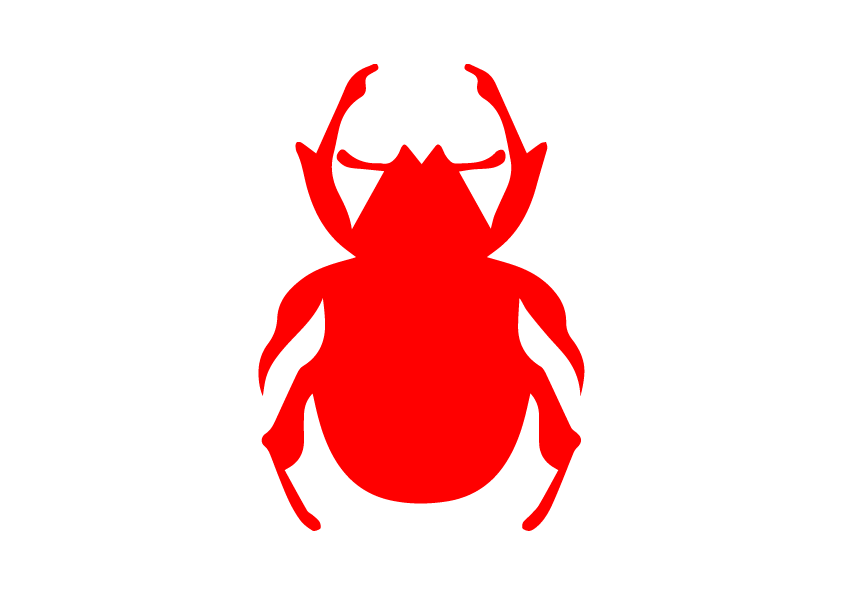

Abstract
During the first term of my master's, I spent a week doing a domestic estrangement. The first day I changed objects between spaces, placed my mirror in the kitchen, switched the cutlery for my clothes between the bedroom and kitchen drawers, or put a cushion in my bathroom. As time went by using these objects my home began to change. In the end, my kitchen was a double space for cooking and dressing, linked to the mirror some things appeared as a hairbrush, perfume, or deodorant, the sink started to seem as a bookshelf, the bathroom became an improvised reading room and my bedroom was no longer a private space as was used as a cupboard.
I had already talked about systems and networks as a designer, but I have never experienced them as easily and tangible as I notice during that week. Projection is one of the early stages of my design practice: the moment when I project actions and resources onto futures. We used to see this projection from a human-centered point of view. The collective imaginary of the methodologies that we used to use around designing always includes infographics with bubbles surrounding an anthropomorphic silhouette that empower the concept of asymmetric connections between the actors in the system. The topology that arises from these practices corresponds to a hierarchy centralized system that allows us to displace the agency of humans and non-humans actors into unidirectional relationships.
Seeing Latour’s paradoxes about Nature and Society and his symmetry principles gives us insights to reformulate the relationship between actors and networks where they are embedded. Besides, we can find what Laotur called quasi-objects that help us to understand the connections between actants (human and non-human). When an object is designed, it is proposed with a certain agency and relations with the environment. However, it is not until this object is launched into the system that it develops autonomously. Once it is in the network we cannot control completely the tendencies and relationships that this object has and it is at that moment that, for me, it becomes a quasi-object. We would be talking about the object from design’s conception but an object could mean something else: abstract as data, protocols, or scientific discoveries.
All the things that surround us are involved in the system we are designing for, is the ecosystem and context we are designing with. One of the implications in the sentence above is about taking the context as a partner, as an active agent in the design process.
What’s design for me? In this point, I displace the concept of Carpentry from Ian Bogost and G. Harman into Design practice. Generally, the philosophic works don’t challenge the material, are a sort of semantic propositions instead, the Carpentry concept talks about how things shape and mold others and, ultimately, the world. This way, anything should be perceived as accidental, but as a result of the interaction between connected actors. As agents that generate connections between actors, designers have the role of being conscious about all processes and the tracks that these “things” left both behind and forward. Society is undergoing a paradigm shift. We can compare this change with industrialization, back then the change was principally driven by economy and profit. At this moment, designers will have a chance to drive, shift and lay the groundwork for new narratives to come.